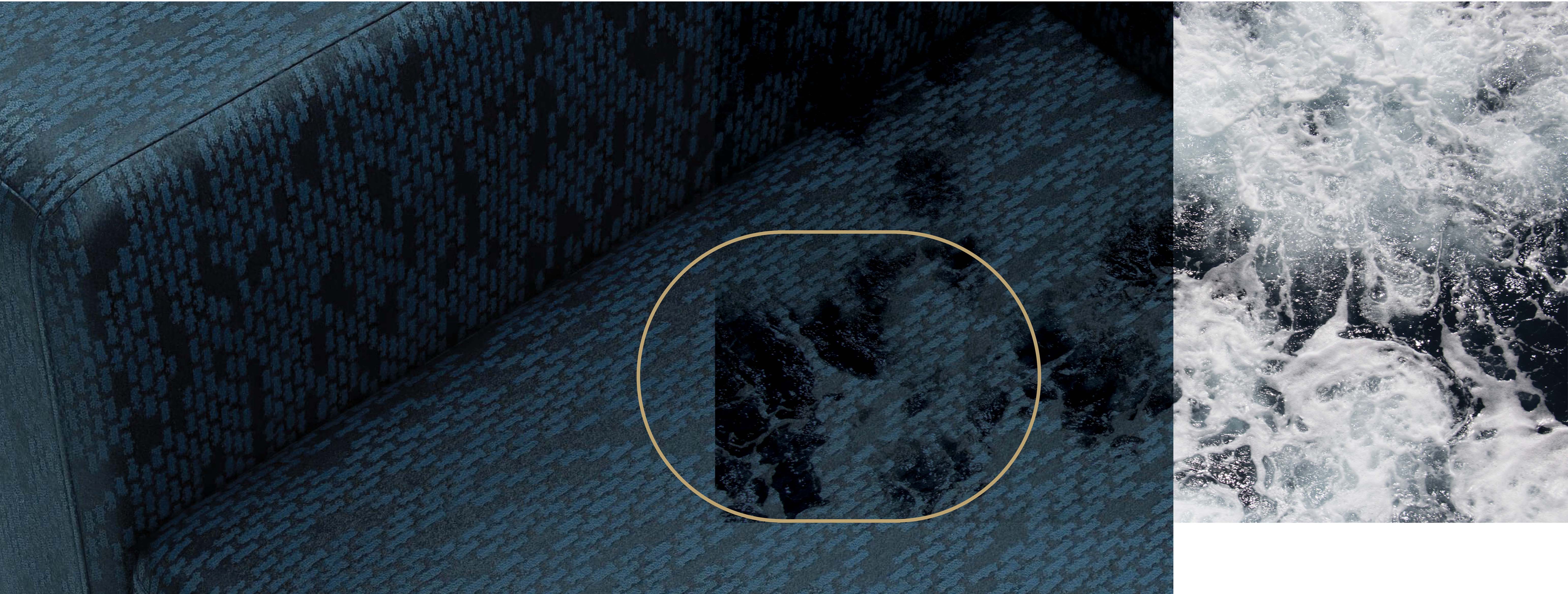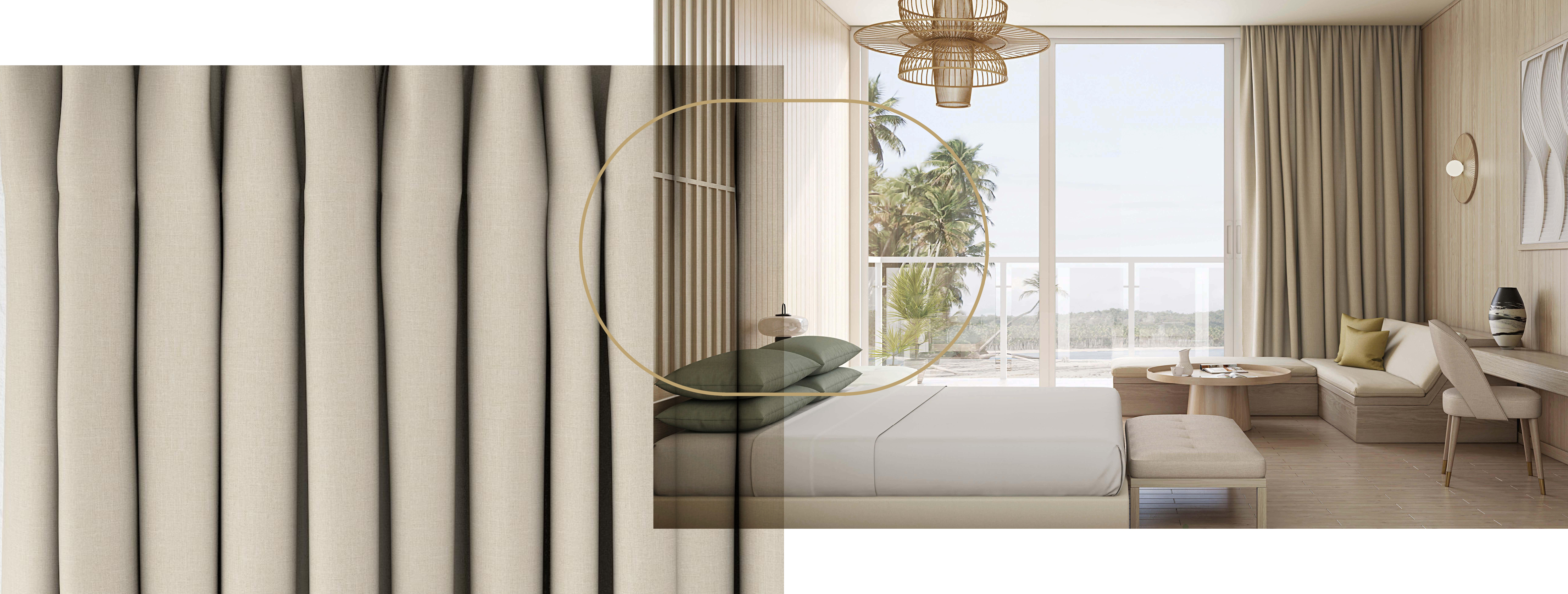What is REACH and why does it exist?
We all know that environmental issues have never been more pressing. Climate change, renewable energy and sustainability are the buzz words of our times, and most businesses strive to ensure they make as little impact on the environment as possible.

But when it comes to the use of chemicals in manufacturing, how are environmental and safety factors taken into consideration? And what are the regulatory measures relating to the fabric industry that you need to be aware of?
One of these is REACH.
REACH is a European Union regulation established by the European Chemicals Agency (ECHA). It stands for Registration, Evaluation, Authorisation and Restriction of Chemicals. This important directive, which has been in place since 2007, governs the use of chemicals in a wide variety of sectors, focusing on the protection of human health and the environment.
How does REACH work?
Under REACH's guidelines, all companies must manage and record activity and risks related to the use of chemicals. This information has to be registered with a central database managed by the European Chemicals Agency in Helsinki. The burden of proof is placed on the companies themselves, encouraging ownership of and responsibility for all chemical-related aspects of the manufacturing process.

In addition, REACH calls for pro-active replacement of dangerous chemicals referred to by the ECHA as Substances of Very High Concern (SVHC). These include harmful chemicals thought to be carcinogenic, mutagenic, or toxic.
There is also a clause requiring that any supplier of a product containing a concentration of SVHCs above 0.1 % must provide the recipient with enough information to allow the safe use of that product.
In practice, this means that the majority of fabric manufacturers, FR-One included, ensure that their products are entirely free of SVHCs.
What are the wider implications of REACH?
Not only do REACH's restrictions in the use of chemicals benefit health by reducing the risk of illnesses such as cancers, asthma, and allergies, they also prevent thousands of tonnes of chemicals from polluting the environment every single year.

Research from the European Chemicals Agency has also shown that the monetised health benefits of REACH far outweigh the cost of its implementation. In fact, these health benefits have been measured as being four times greater than the costs, according to data published by the ECHA in February 2021.
Here at FR-One, the REACH requirements dovetail perfectly with our commitment to ethical and sustainable manufacturing processes which are kind to both the skin and the planet.
It means that our adherence to REACH's guidelines naturally aligns with our company ethos. This is good news for the way we work, and very good news for our customers.
Contact us to learn more about what our company ethos can do for your business.





